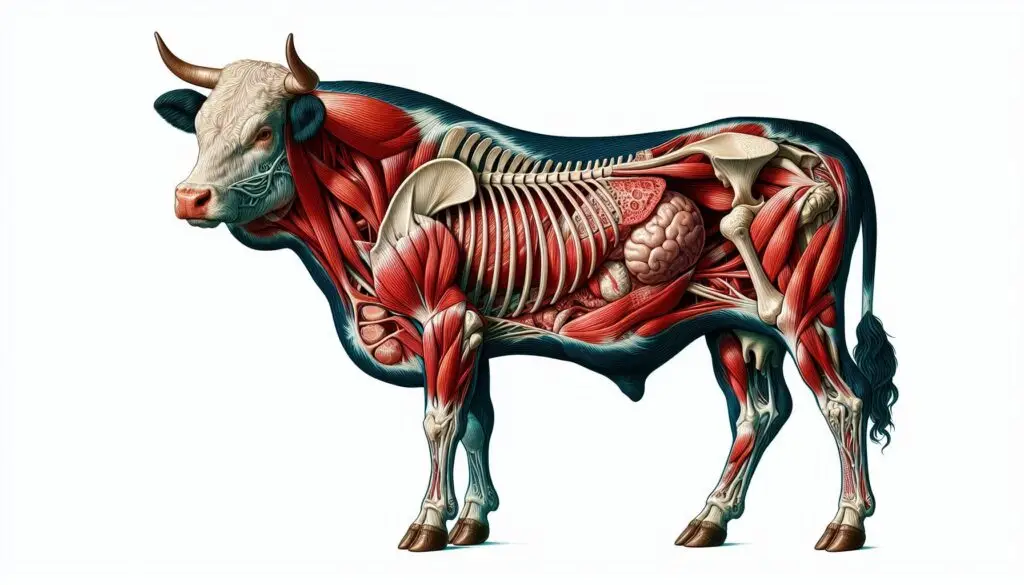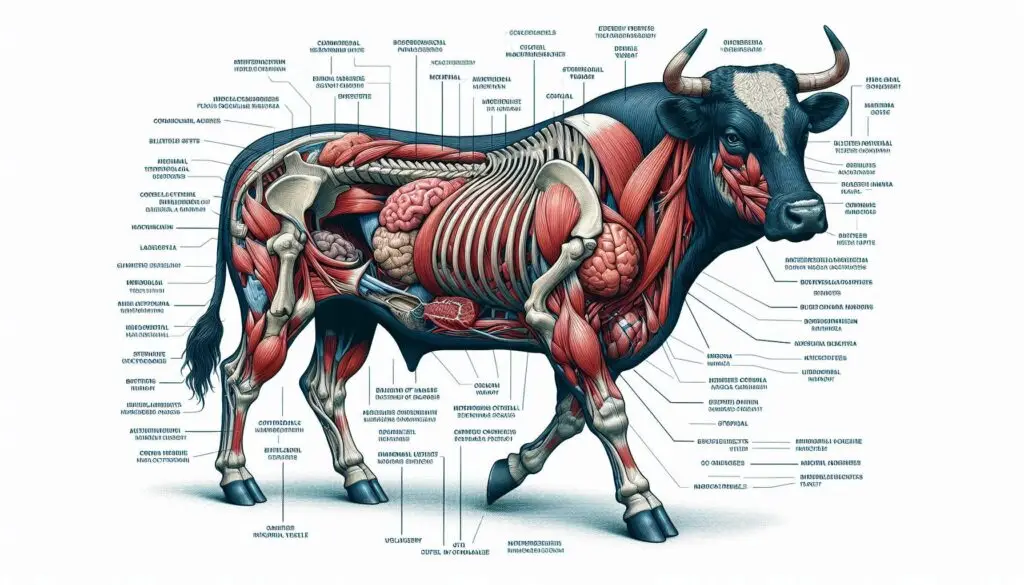Chemical and physical properties of ejaculated semen

Understanding the Chemical and Physical Properties of Ejaculated Semen
Ejaculated semen is a vital fluid in male reproduction, playing a crucial role in fertilization. The chemical and physical properties of ejaculated semen are essential for understanding male reproductive health and diagnosing potential fertility issues. This complex biological fluid consists of sperm cells and seminal plasma, produced by the male reproductive system, primarily from the testes, seminal vesicles, prostate gland, and bulbourethral glands.
What is Semen?
Semen serves as the medium for transporting sperm during ejaculation, facilitating fertilization of the female egg. Understanding the chemical and physical properties of ejaculated semen can help identify factors affecting male fertility.
Components of Semen
Spermatozoa
- The male gametes responsible for fertilization.
Seminal Plasma
- The fluid matrix that contains various substances, including sugars, proteins, enzymes, and minerals.
Chemical Properties of Semen
1. pH Level
The pH of semen typically ranges from 7.2 to 8.0, making it slightly alkaline. This alkalinity neutralizes the acidic environment of the female vagina, protecting sperm and enhancing their motility. A normal pH is essential for optimal sperm function; deviations can indicate health issues such as infections or prostate problems .
2. Fructose Content
Fructose is a simple sugar found predominantly in seminal plasma and secreted by the seminal vesicles. It serves as a vital energy source for sperm motility, making it essential for their viability and movement towards the egg . The presence of fructose is one of the key chemical properties of ejaculated semen that supports reproductive success(https://kidshealth.org/en/parents/male-reproductive.html).
3. Citric Acid
Secreted by the prostate gland, citric acid helps maintain the acidic environment of the urethra and contributes to the overall health of seminal fluid. It plays a role in buffering pH and ensuring optimal sperm function .
4. Enzymatic Activity
Semen contains various enzymes:
- Acid Phosphatase: Involved in the liquefaction of semen.
- Proteolytic Enzymes: Help break down proteins and contribute to semen’s fluidity.
These enzymes are crucial for liquefaction, allowing sperm to swim freely after ejaculation . The enzymatic activity is another important aspect of the physical properties of ejaculated semen.
5. Other Chemical Components
Semen is rich in:
- Amino Acids: Essential for protein synthesis and sperm health.
- Zinc: Important for sperm maturation and motility.
- Prostaglandins: Aid in contracting female reproductive muscles, facilitating sperm transport .
Physical Properties of Semen
1. Color
Normal semen appears grayish-white or opalescent. Abnormal colors can indicate health issues:
- Yellow: May suggest urine presence or infection.
- Red or Pink: Indicates blood, possibly due to trauma or infection .
2. Volume
The average volume of ejaculated semen ranges from 2 to 6 ml. Variations can occur due to hydration levels, frequency of ejaculation, and overall health:
- Low Volume (Hypospermia): Associated with fertility issues.
- High Volume: May indicate frequent ejaculation or certain medical conditions .
3. Viscosity
Freshly ejaculated semen is typically viscous but usually liquefies within 20 minutes due to enzymatic action. High viscosity can hinder sperm motility, affecting fertility .
4. Liquefaction Time
Semen should liquefy within 20 minutes post-ejaculation. Delayed liquefaction can indicate issues with seminal fluid composition or prostate function .
5. Sperm Concentration
Healthy semen contains between 15 million to 200 million sperm per milliliter:
- Oligozoospermia: Characterized by low sperm count.
- Azoospermia: Absence of sperm in ejaculate, requiring medical evaluation .
Factors Affecting Semen Properties
1. Age
As men age, semen quality may decline, leading to changes in volume, sperm motility, and overall fertility.
2. Lifestyle Choices
- Diet: A balanced diet rich in antioxidants can improve semen quality.
- Exercise: Regular physical activity enhances overall reproductive health.
- Substance Use: Smoking, excessive alcohol consumption, and drug use negatively impact semen properties .
3. Medical Conditions
Certain medical conditions can affect semen quality:
- Hormonal imbalances impact sperm production.
- Infections like prostatitis alter semen composition.
- Genetic disorders such as Klinefelter syndrome affect sperm production .
4. Environmental Factors
Exposure to environmental toxins like pesticides and heavy metals adversely affects semen quality .
Importance of Semen Analysis
Semen analysis is a critical diagnostic tool in assessing male fertility by evaluating various parameters related to the chemical and physical properties of ejaculated semen:
- Sperm Count: Determines concentration.
- Motility: Percentage of actively moving sperm.
- Morphology: Shape and structure of sperm cells.
When to Seek Medical Advice
Men should consider a semen analysis if they experience:
- Difficulty conceiving after one year of unprotected intercourse.
- Changes in sexual function or libido.
- Symptoms of hormonal imbalances or infections .
Conclusion
Understanding the chemical and physical properties of ejaculated semen is essential for assessing male reproductive health. Factors such as pH, fructose content, viscosity, and sperm concentration all play significant roles in fertility. By maintaining a healthy lifestyle and seeking medical advice when necessary, men can optimize their reproductive health and improve their chances of conception.
More from Animal Reproduction:
https://wiseias.com/repeat-breeder-cow-syndrome/
https://wiseias.com/anoestrus-in-dairy-cows-causes-effects-and-management/






Responses